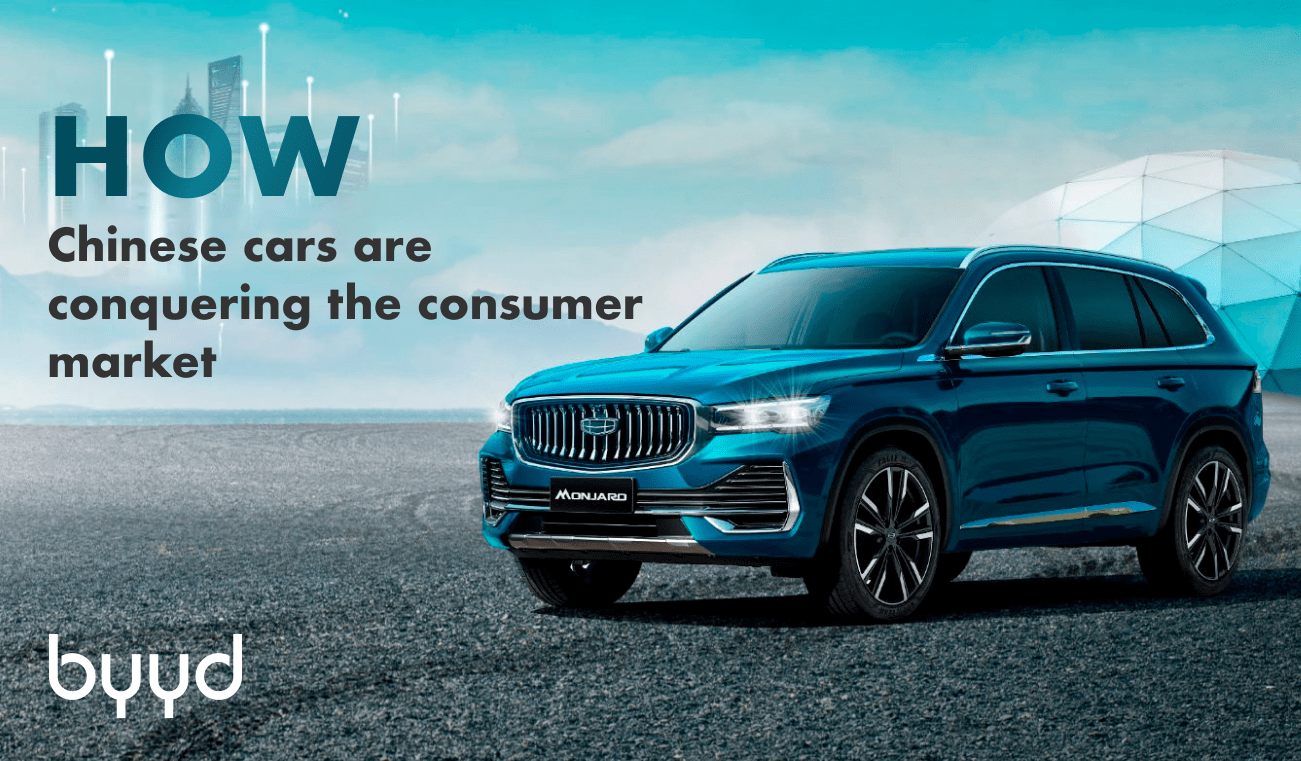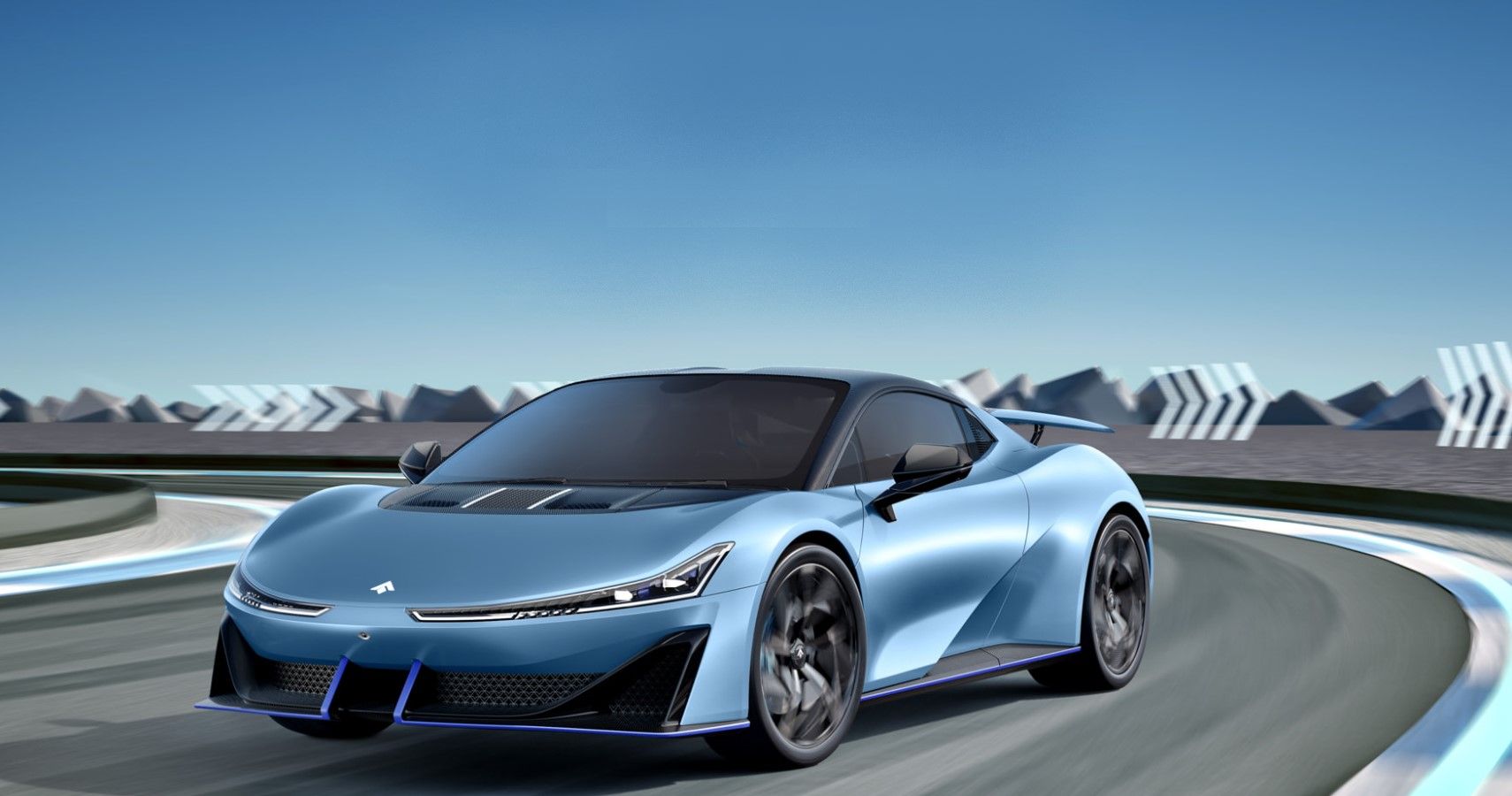Assessing The Competitiveness Of Chinese-Made Cars

Table of Contents
Price Competitiveness of Chinese Automakers
The affordability of Chinese cars is a major driver of their global competitiveness. This price advantage stems from several key factors.
Lower Manufacturing Costs
- Economies of scale: Chinese automakers benefit from massive production volumes, leading to lower per-unit manufacturing costs.
- Access to cheaper raw materials: Domestic sourcing of many components and raw materials reduces input costs significantly.
- Government incentives: Government subsidies and supportive policies for the auto industry further enhance cost competitiveness.
These factors translate into lower sticker prices compared to established brands like Toyota, Ford, or Volkswagen, making Chinese cars attractive to price-sensitive consumers worldwide, particularly in emerging markets. This price advantage is a key element in their market penetration strategy.
Impact of Price on Market Penetration
Competitive pricing strategies have enabled Chinese automakers to gain significant market share in various regions.
- Emerging markets: Significant sales growth is seen in countries like India, South America, and parts of Africa, where affordability is a primary purchase consideration.
- Established markets: Penetrating established markets dominated by premium brands presents a greater challenge. Overcoming perceptions of lower quality associated with lower prices requires strategic marketing.
- Strategies to overcome price-based perception: Chinese manufacturers are increasingly focusing on highlighting technological advancements and improved quality to shift the narrative away from solely price-driven competition.
The trade-off between price and perceived quality is a constant challenge. Chinese manufacturers are actively working to improve their brand image and demonstrate that affordability doesn't necessarily equate to compromise on quality or features.
Technological Advancements in Chinese-Made Cars
Chinese automakers are rapidly integrating advanced technologies into their vehicles, closing the gap with established players.
Integration of Advanced Technologies
- Electric Vehicle (EV) technology: Chinese companies are leading the charge in EV development and production, offering competitive models with impressive battery ranges and charging capabilities. Brands like BYD and NIO are prime examples.
- Autonomous driving features: Significant investments in autonomous driving technologies are evident, with several Chinese manufacturers integrating advanced driver-assistance systems (ADAS) into their vehicles.
- Smart connectivity systems: Chinese cars are increasingly equipped with sophisticated infotainment systems, offering seamless smartphone integration and advanced connectivity features. Partnerships with tech giants like Alibaba and Tencent play a significant role here.
These technologies are increasingly sophisticated and often comparable, and sometimes superior to, those offered by established global automakers.
Overcoming Technological Gaps
While significant progress has been made, some technological gaps remain. However, Chinese automakers are actively working to bridge these.
- Investments in R&D: Massive investments in research and development are driving innovation and technological advancement.
- Collaborations with international technology firms: Strategic partnerships with international technology companies facilitate access to cutting-edge technologies and expertise.
- Focus on specific niche technologies: Some Chinese manufacturers are focusing on specific niche technologies where they can achieve a competitive advantage, such as battery technology or specific ADAS features.
Intellectual property rights remain a key challenge, requiring careful navigation of global regulations and fostering innovation within a robust legal framework.
Design and Branding Strategies of Chinese Car Manufacturers
The design and branding of Chinese cars have undergone a dramatic transformation, moving from imitation to increasingly innovative approaches.
Evolving Design Aesthetics
- Distinct design languages: Many Chinese brands have developed unique and recognizable design languages, moving away from mimicking established designs.
- Collaboration with international designers: Hiring renowned international designers has helped elevate the design aesthetic and improve global appeal.
- Focus on specific target demographics: Design choices often reflect the preferences of specific target markets, adapting to local tastes and preferences.
The influence of global design trends is evident, yet Chinese cars are increasingly incorporating unique elements that reflect national design sensibilities and modern aesthetics.
Building Global Brand Recognition
Building global brand recognition requires strategic marketing and branding initiatives.
- Sponsorship deals: Strategic sponsorship deals, particularly in sporting events, raise brand awareness on an international scale.
- Global advertising campaigns: Targeted advertising campaigns across various media platforms are used to promote brand image and build customer trust.
- Emphasis on quality and innovation: Marketing messaging increasingly emphasizes the quality, technological advancements, and innovative features of Chinese cars.
Overcoming preconceived notions about Chinese-made cars requires sustained effort and investment in effective marketing strategies that showcase product quality and build consumer confidence.
Challenges and Future Outlook for Chinese Automakers
Despite significant progress, Chinese automakers still face several challenges.
Addressing Quality Concerns
Persistent concerns about the quality and reliability of Chinese-made cars remain a hurdle to overcome. However, significant strides have been made.
- Improvements in manufacturing processes: Investment in advanced manufacturing technologies and improved quality control measures enhance the reliability and durability of Chinese cars.
- Quality control measures: Stringent quality control procedures at every stage of production are crucial in improving the quality and consistency of vehicles.
- Warranty programs and customer service: Comprehensive warranty programs and responsive customer service build consumer trust and address potential quality issues proactively.
Addressing these concerns is paramount for building long-term brand reputation and acceptance in global markets.
Navigating Geopolitical Factors
Geopolitical factors significantly influence the global competitiveness of Chinese automakers.
- Trade wars and tariffs: Trade disputes and tariffs can increase costs and hinder access to international markets.
- Political relations: Political tensions and changing geopolitical landscapes create uncertainty and potential risks for international trade.
- Strategies for mitigating geopolitical risks: Diversification of export markets and strategic partnerships can help mitigate the impact of geopolitical uncertainty.
Government policies and regulations play a crucial role in shaping the competitive landscape and influencing the success of Chinese automakers in international markets.
Conclusion
The competitiveness of Chinese-made cars is a complex issue influenced by price, technology, design, and brand perception. While challenges remain regarding quality and geopolitical factors, the rapid technological advancements, increasingly competitive pricing, and evolving design aesthetics demonstrate a significant potential for growth in the global market. To stay informed on the latest developments and further assess the competitiveness of Chinese-made cars, continue to research and follow industry news. Understanding the evolving landscape of the Chinese auto industry is crucial for both consumers and industry professionals alike.

Featured Posts
-
 Abb Vie Abbv Higher Profit Forecast Driven By New Drug Performance
Apr 26, 2025
Abb Vie Abbv Higher Profit Forecast Driven By New Drug Performance
Apr 26, 2025 -
 The End Of An Icon Anchor Brewing Companys Final Chapter
Apr 26, 2025
The End Of An Icon Anchor Brewing Companys Final Chapter
Apr 26, 2025 -
 Are Chinese Cars The Next Big Thing
Apr 26, 2025
Are Chinese Cars The Next Big Thing
Apr 26, 2025 -
 Understanding The Karen Read Case A Detailed Timeline Of Legal Proceedings
Apr 26, 2025
Understanding The Karen Read Case A Detailed Timeline Of Legal Proceedings
Apr 26, 2025 -
 Secret Service Investigation Ends Cocaine Found At White House
Apr 26, 2025
Secret Service Investigation Ends Cocaine Found At White House
Apr 26, 2025
